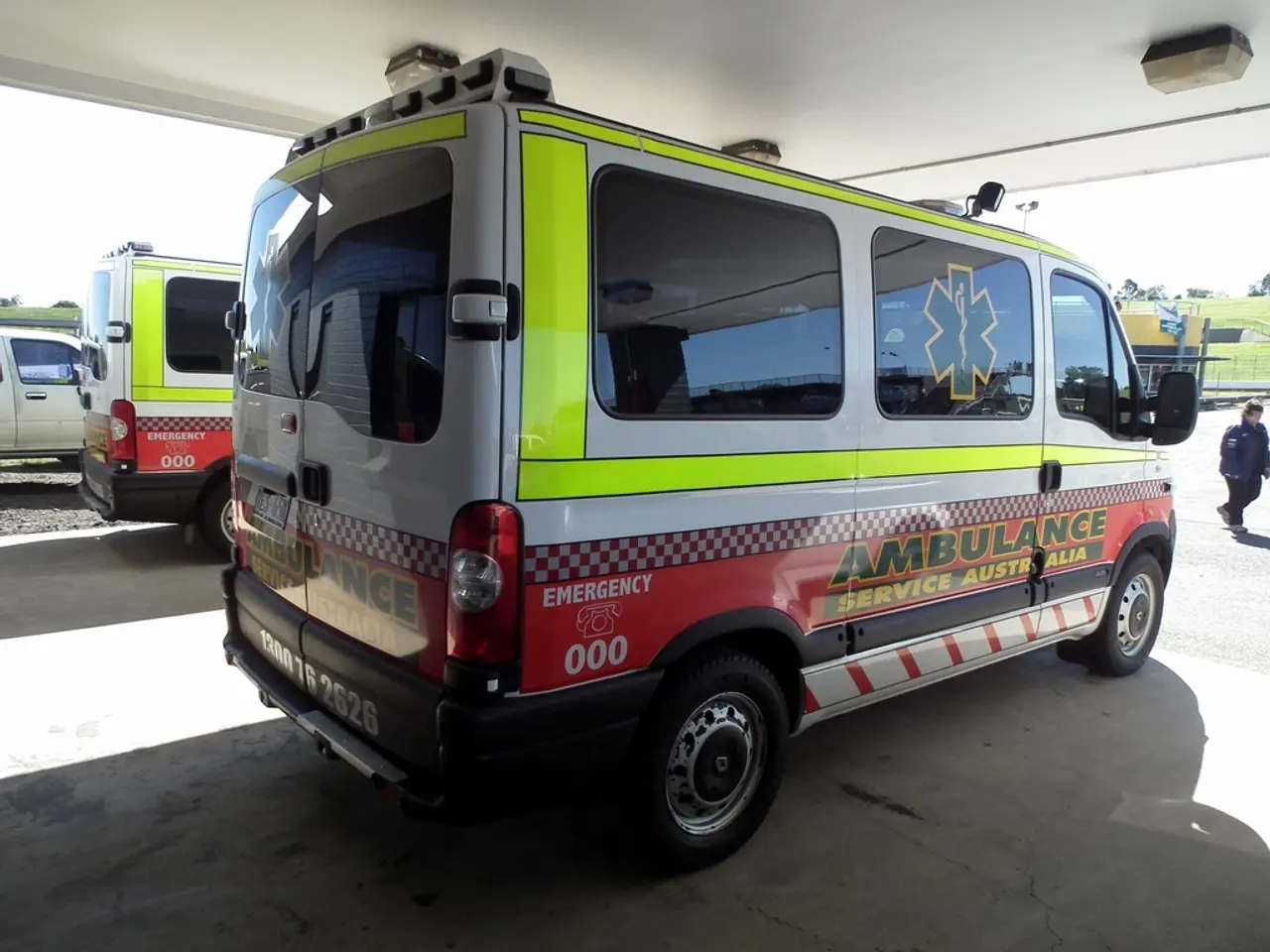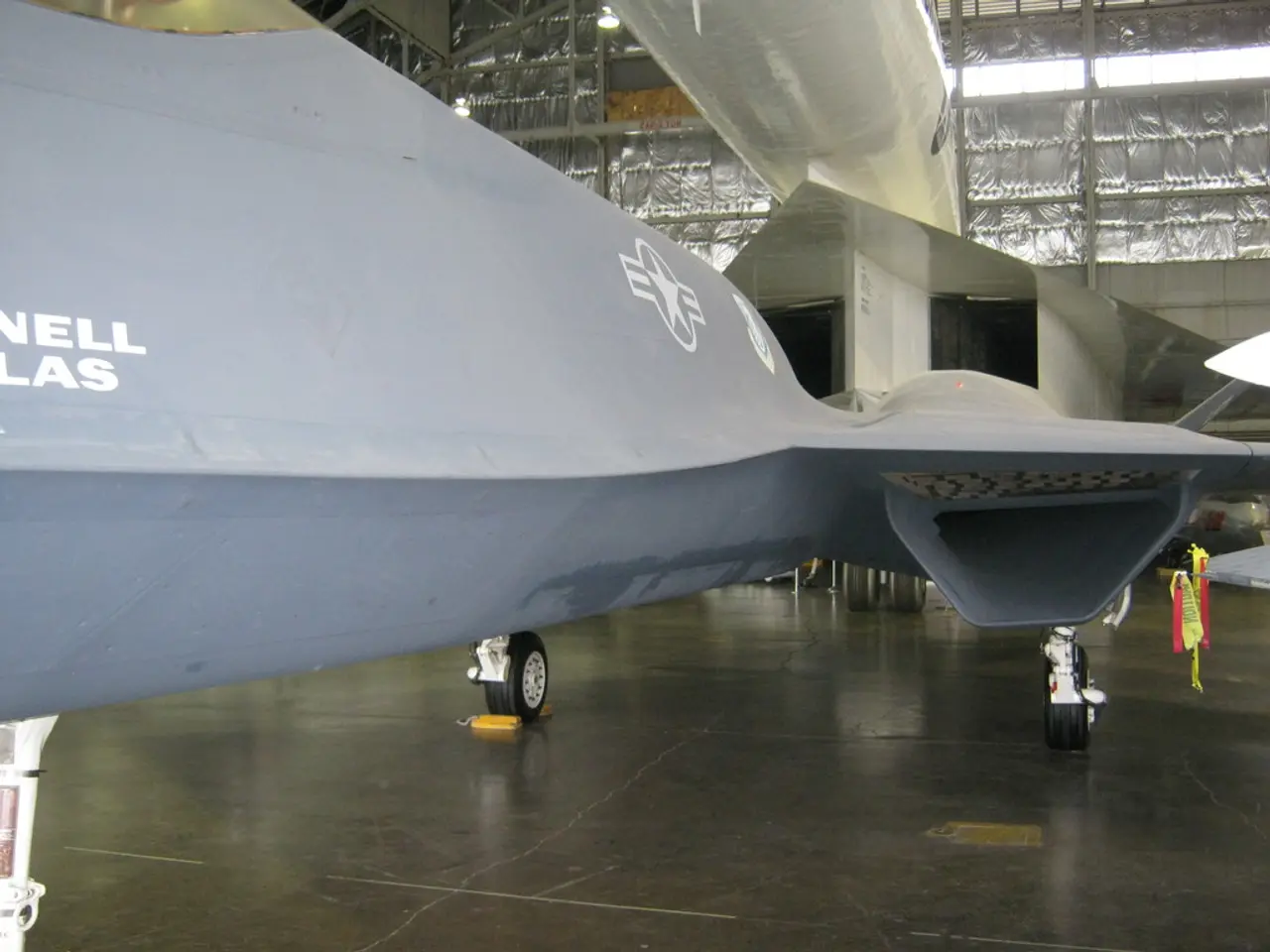Air India Performs Fuel Management Switch Inspections Across Aircraft Fleet Following Fatal Accident Prompting Safety Investigation
In the aftermath of one of India's worst aviation accidents, Air India has taken significant steps towards rebuilding public trust by completing precautionary checks on the Fuel Control Switch (FCS) locking mechanisms on its Boeing 787 and Boeing 737 fleets.
The tragic incident occurred on June 12, 2025, when an Air India Boeing 787-8 taking off from Ahmedabad to London Gatwick experienced a catastrophic accident, resulting in the deaths of 241 of the 242 passengers on board and 19 people on the ground.
The Aircraft Accident Investigation Bureau (AAIB) found that the Fuel Control Switches (FCS) on both engines of the doomed flight, AI 171, were moved from "RUN" to "CUTOFF" in rapid succession, causing a dual engine failure. This sequence of events led to the loss of engine power and the subsequent crash just 32 seconds after takeoff.
The AAIB's preliminary report did not assign blame or recommend immediate action against the aircraft or engine manufacturers but noted the inexplicable movement of the fuel cutoff switches as a key factor in the accident sequence. Later investigations have considered the possibility of the incident being a deliberate act, citing the cockpit voice recorder’s conversation and the improbability of simultaneous fuel cutoff switch movement as highly suspect. However, the AAIB criticized some media for suggesting pilot intent without conclusive evidence.
In response to the DGCA's directive issued following the crash, Air India announced that it had voluntarily initiated checks on July 12, two days before the mandatory directive. The airline finished the procedure within the timeline of the regulator, ensuring the safety of its flights.
The Fuel Control Switch is a critical safety cockpit component responsible for controlling fuel flow into the engines during engine start, shutdown, and emergencies. The FCS locking system is designed to prevent accidental switching, and a failure of which could be disastrous.
The DGCA mandated urgent inspections of all aircraft flying in Indian skies following the crash, and Air India and Air India Express (flying Boeing 737s) started the checks. The FCS was found in the 'cutoff' position on the doomed flight, raising concerns about system integrity, pilot behavior, or potential mechanical failure.
Air India reaffirmed its commitment to safety, stating, "We continue to be committed to the safety of our passengers and crew." The airline spokesperson confirmed that nothing was detected with the said locking system during the inspections.
The outcome has been officially filed with the DGCA, and a definitive report on the crash is due in a year. The quick response of Air India to the DGCA advisory and the voluntary checks indicates a wider industry effort to improve safety measures and win back public confidence. The safety checks are a significant step towards rebuilding public trust following the tragic event.
In light of the findings from the Aircraft Accident Investigation Bureau (AAIB) regarding the fuel control switches (FCS) on Air India's Boeing 787-8, the finance department of Air India allocated funds for thorough inspections of both Boeing 787 and Boeing 737 fleets in the transportation industry. The aviation sector, recognizing the gravity of the event, prioritized implementing enhanced safety measures to avoid future mishaps and restore public faith in the industry.





